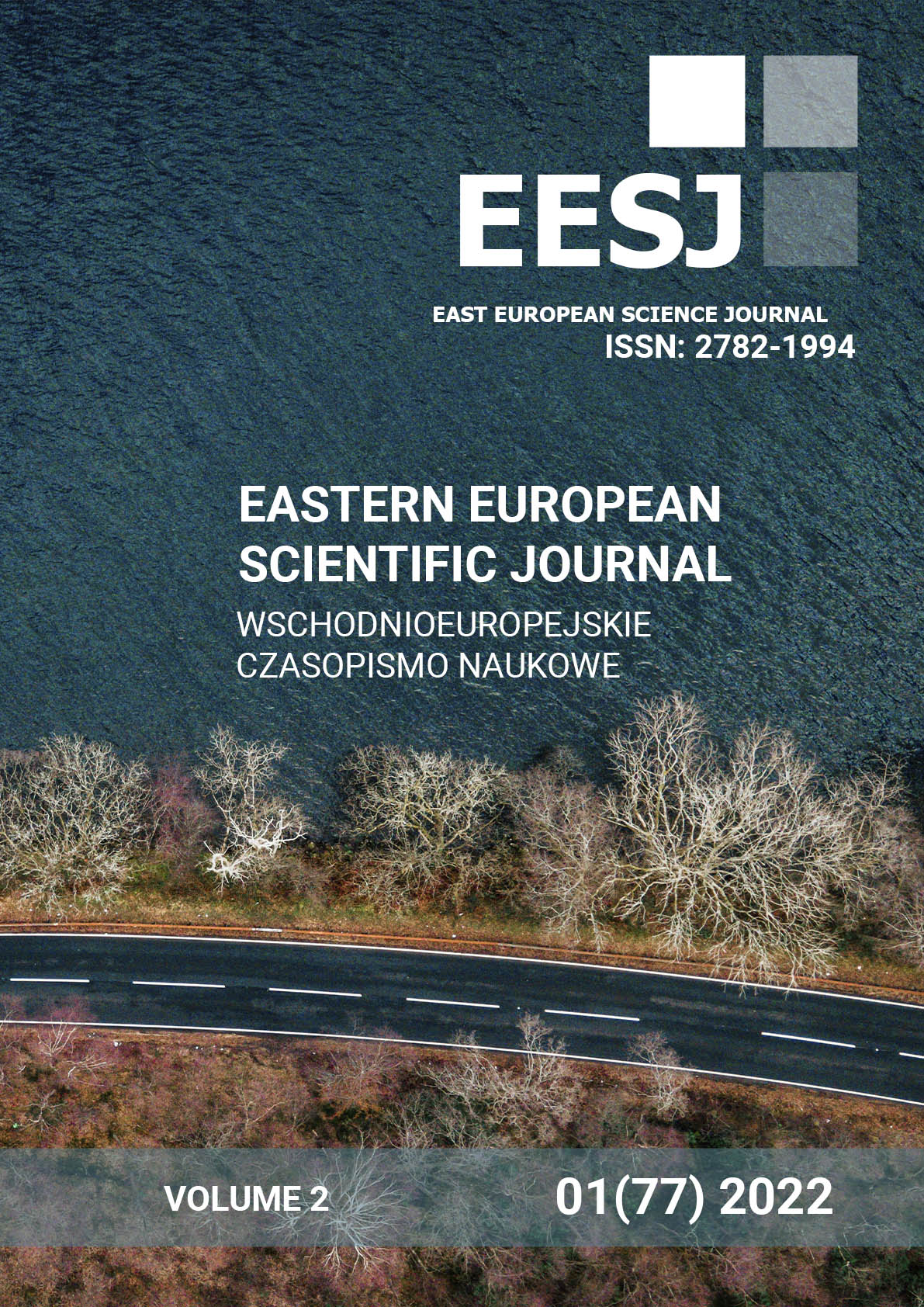THE FIRST ATTEMPT OF MAKING CHINESE CHARACTERS INTRODUCTION COURSE ONLINE COURSE – RESULT OF THREE YEARS
Keywords:
online course, online education, Chinese writing, Chinese languageAbstract
The article deals with the way of solution to the main problems in making of Chinese Characters Introduction online course, which are the extent of theoretical part, teaching Chinese radicals, the necessity of pronunciation of radicals, Mastering the practical part, Testing the acquired knowledge, as well as some technical issues such as encoding problems, etc.
References
Belozerova V.G. Iskusstvo kitaiskoi kalligrafii (The Art of Chinese Calligraphy). M., 2007.
Zadoenko T.P., Huang Shuying. Nachalnii kurs kitaiskogo yazyka. Propisi (Elementary Chinese. Worksheets). Part 1,2,3. М., 2007.
Kitaiskiye ieroglify v kartochkah (Chinese characters in cards) / transl. N.A. Speshnev. St.Petersburg, 2009.
Storozhuk A.G. vvedenie v kitaiskuyu ieroglifiku (Introduction to Chinese Characters) St.Petersburg, 2017. 592 pp.
Tajima Sanada. Zhongguo shufa shi (The History of Chinese Calligraphy). Vol. 1,2. Beijing, 1998. 586 pp.
Shufa zhishi qianti (A Thousand Questions on Calligraphy) / ed. Zhou Junjie. Zhengzhou, 1991. 990 pp.
Chang LY, Stafura JZ, Rickles B, Chen HC, Perfetti CA. Incremental learning of Chinese orthography: ERP indicators of animated and static stroke displays on character form and meaning acquisition. Journal of Neurolinguistics 33: 78-95, 2015. DOI: 10.1016/j.jneuroling.2014.09.001
Downloads
Published
Issue
Section
License

This work is licensed under a Creative Commons Attribution-NoDerivatives 4.0 International License.
CC BY-ND
A work licensed in this way allows the following:
1. The freedom to use and perform the work: The licensee must be allowed to make any use, private or public, of the work.
2. The freedom to study the work and apply the information: The licensee must be allowed to examine the work and to use the knowledge gained from the work in any way. The license may not, for example, restrict "reverse engineering."
2. The freedom to redistribute copies: Copies may be sold, swapped or given away for free, in the same form as the original.




